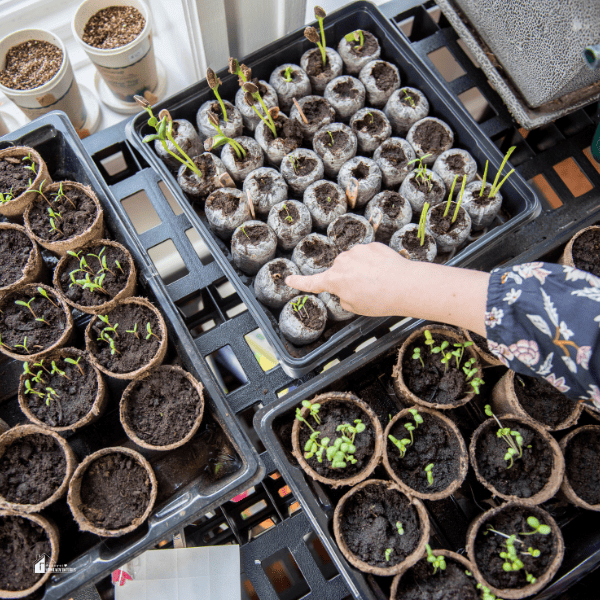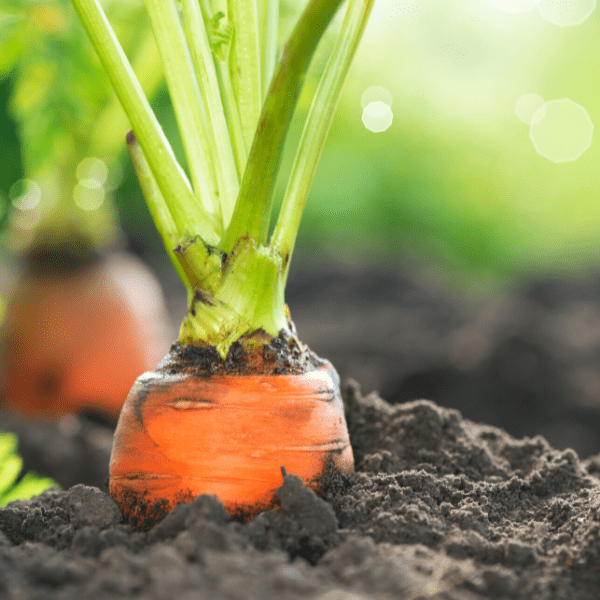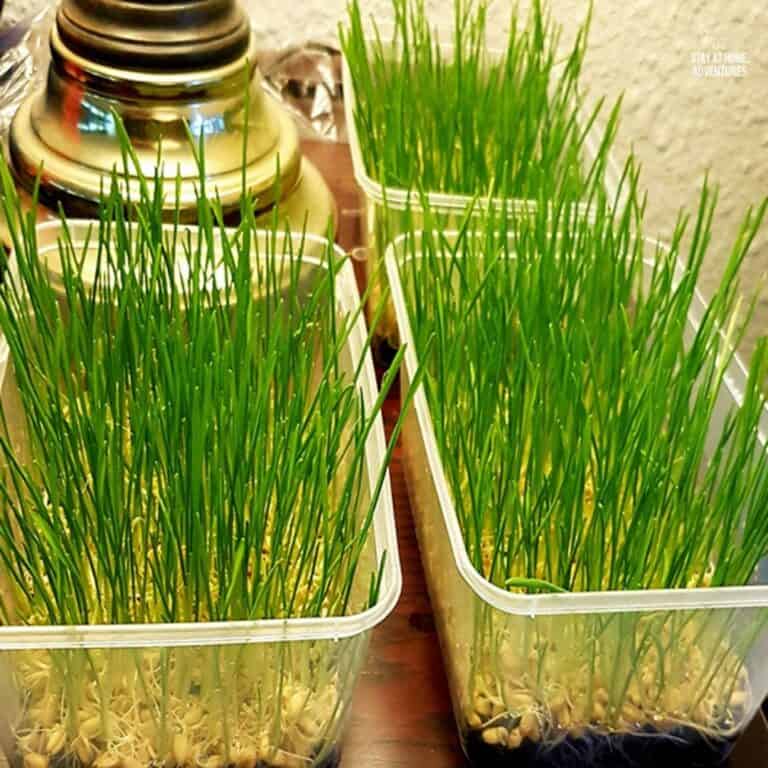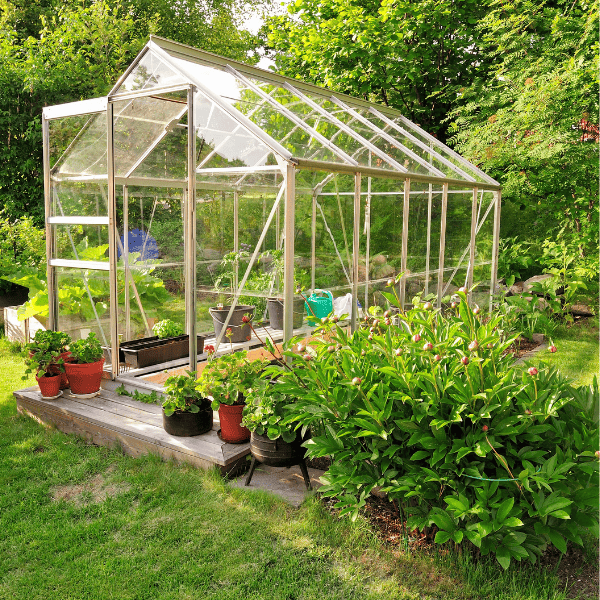Succulent House Plants (A Beginner’s Guide)
This post may contain affiliate links which might earn us money. Please read my Disclosure and Privacy policies hereAre you searching for the one element that will instantly improve the appearance of any room? Indoor plants are the answer. A spray of healthy foliage in your room may make it feel fresh and welcome.
However, not all houseplants are easy to care for, particularly for newbies. Conversely, succulents adapt well to indoor environments and are the simplest to grow when cultivated as houseplants.
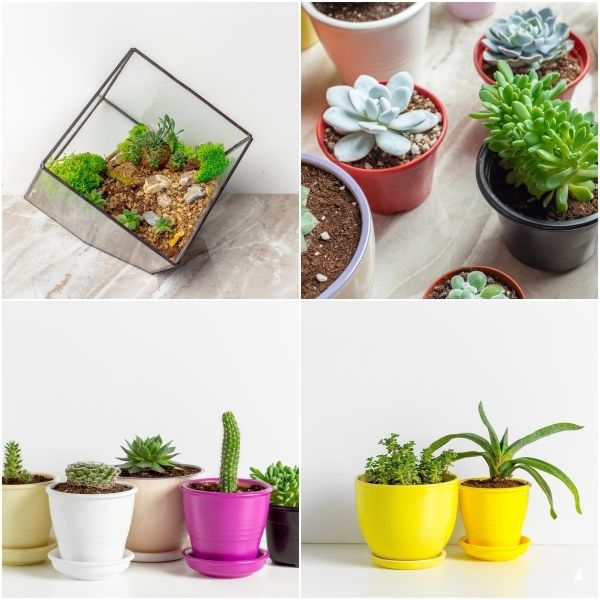
Are succulents good indoor plants?
Succulents have remarkable textures thanks to their robust and distinct leaf shapes, which turn them into living masterpieces for interior spaces. Because they are suited to withstand dry conditions, they make excellent indoor plants. Houseplants thrive in dry inside air, which is why many do not endure the winter.
You might enjoy these posts:
Which succulent is good for indoors?
Here are some of the greatest indoor succulents to start your collection if you're a plant parent. They adapt well to indoor living and are widely available at garden centers and nurseries.
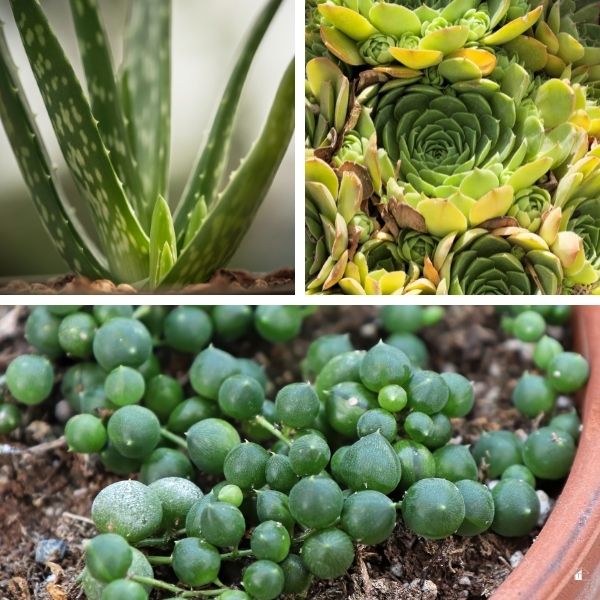
Aloe vera
Aloe vera is a succulent medicinal plant whose sap has been used for ages to cure sunburn and wounds. Apart from its medicinal properties, aloe vera is an excellent indoor plant. However, because the strong thorns along the leaf margins might hurt people, you should position the plant somewhere it won't be accidentally touched or knocked over.
Hens-and-Chick
These plants develop flat flowerlike rosettes with rounded edges, making them another wonderful succulent group for indoor growing. However, overwatering can promote rotting in these plants, so let them dry out between waterings.
String of pearls
The string of pearls is a beautiful trailing houseplant that looks great in hanging baskets indoors. You can try growing it in different containers to see what works best. Cultivating a string of pearls or beads is similar to growing other succulent houseplants. Water carefully; this plant requires little water, but moderate watering is essential in hotter climates.
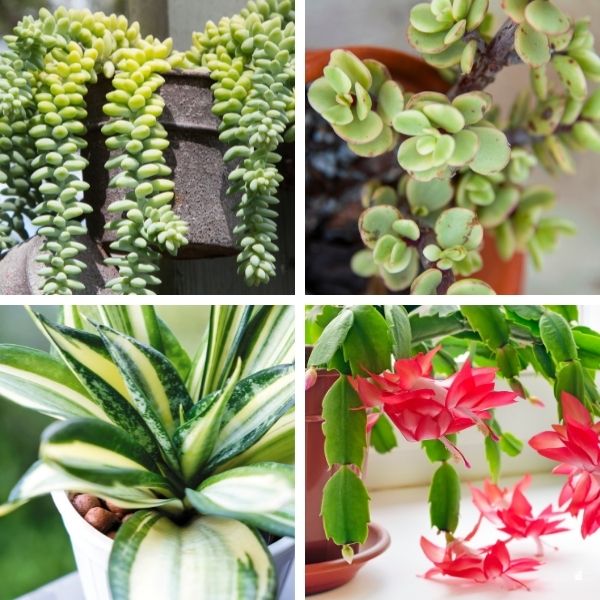
Burro's tail
It is a popular choice for hanging pots and shelves that need a splash of greenery, with trailing tendrils that can grow up to three feet long. The delicate leaves of this Mexico native thrive in bright light, although direct sunlight can burn them. As a result, blooms are uncommon, but your burro's tail may surprise you with pink or crimson blooms in the summer if you're lucky.
Jade plant
Why is jade such a popular plant? Because it's nearly indestructible. This hardy, low-maintenance succulent thrives indoors, where it can live for generations and grow to be three feet tall. In addition, this classic beauty will reward you with shiny, emerald-green leaves for years if you don't overwater it, which is a mistake among those new to drought-tolerant jade.
Snake plant
Snake plants, unlike many succulents, thrive in low-light environments. Although partial sunlight is preferable, these succulents can still thrive in a gloomy spot. A snake plant, which is tall and slender, is ideal for adding architectural interest to a tiny space. Snake plants don't bloom regularly, although fragrant, tubular white blossoms can appear every couple of years.
Christmas cactus
Its flat, fleshy, segmented stems can grow to be many feet long, hanging over in a manner that has earned it the nickname crab claw cactus. It also likes a little more moisture than its spiky cousins, so water when the top inch of soil in its container is dry. However, if you fail to water it for a bit, it will quickly recover from the drying out. If you keep it near a window in bright light, it will most likely bloom in the winter.
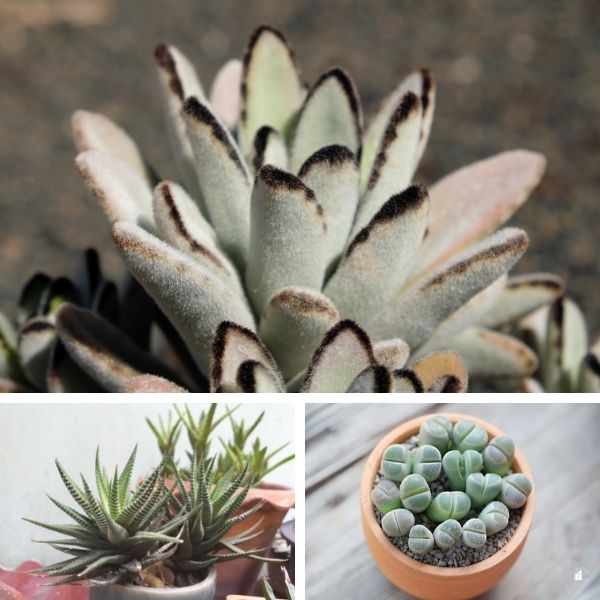
Panda plant
The panda plant gives a fresh organic feel to indoor settings with its thick, fluffy, blue-green leaves. Pandas prefer bright light, making them an excellent choice for windowsills and conservatories. Please be aware that the panda plant is harmful to dogs and cats, causing severe mouth and throat irritation, vomiting, and difficulties swallowing.
Zebra haworthia
The stunning stripes and spiky foliage of Zebra haworthia make it appear to be a unique and exotic plant. Still, it's readily available at garden retailers and relatively easy to grow. Set this succulent near a window where it will receive a few hours of bright, indirect light every day, and water it only when the soil is fully dry.
Lithops
Lithops are small, modest succulent plants that resemble pebbles or stones. Lithops are simple to grow and require little attention. Keep the plant in a bright, draft-free spot, such as a south or west-facing window. Lithops can also be grown in poor, well-drained soil.
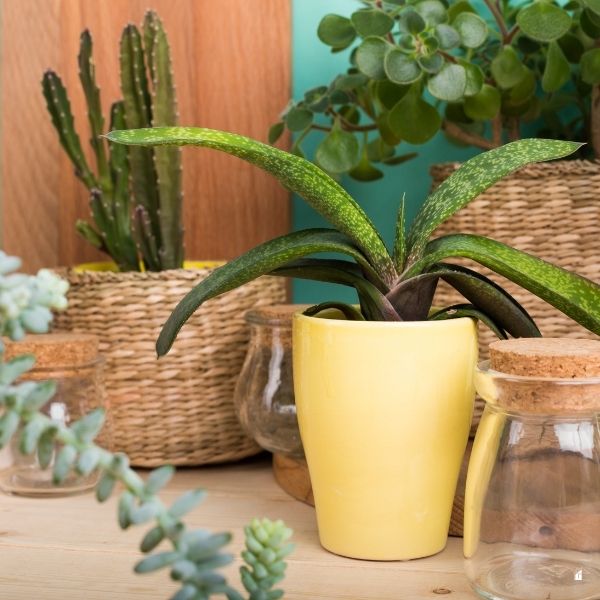
How do you care for succulent house plants?
Succulents can be challenging to grow indoors. You may, however, better care for your indoor succulent collection by following these simple guidelines.
- Ensure that your succulents receive enough light
Succulents require about six hours of direct sunlight per day, depending on the species. Therefore, you may need to gradually expose newly planted succulents to full exposure or shade them with a transparent screen because they can scorch in direct sunshine.
- In the summer, fertilize succulents.
Succulents don't require much fertilizer. However, you can give them light feedings throughout the spring and summer growing seasons. However, avoid overfertilizing your succulent since it will grow too fast and weaken.
- Frequently rotate succulents
Succulents prefer direct sunlight, but if yours is resting in the same position day after day, only one side is likely to get enough. Therefore, you should rotate the plant frequently. Also, because succulents slant toward the sun, turning them will help plants stand upright.
- Eliminate bugs
Indoor succulents should be pest-free, although you may occasionally have to deal with bugs. Spray the soil with 70% isopropyl alcohol to eliminate eggs and larvae. Mealybugs are another concern that succulent owners must deal with. Mealybugs are commonly caused by overwatering and fertilization. Spray sick plants with 70% isopropyl alcohol and move them away from other succulents.
- Water-based on the season
The plants thrive in the spring and summer, consuming far more water than when they rest in the fall and winter. So grab your watering can and test the soil with your finger when the top 1.25 inches are dry. Overwatering your succulent can destroy it, so ensure the soil is completely dry between waterings.
- Plant in the right soil
Succulents require draining soil, so regular potting soil—or dirt from your yard—will not suffice. Cactus soil or a potting soil mix with sand, pumice, or perlite are good options. Because succulent roots are sensitive, repotting them should be done with caution.
- Directly water the soil
Soak the soil in water until the drainage holes are dry before watering your succulents. Using a spray bottle to water your succulents can lead to brittle roots and decaying leaves. Pots can also be placed in a pan of water and absorb the water through the drainage hole. Remove the soil from the pan once the top layer is damp.
- Select a drainable container
Succulents dislike sitting in wet soil; drainage is essential to avoid rot. A drainage hole should be present in your container to allow excess water to drain. Beginners should use terra-cotta pots.


